1616 Captain Major Francisco Branco founded the Brazilian city Belem on the Amazon River delta. It has ever after been the portal to the vast region of the Amazon. It is much storied in Brazilian literature. Then there was Klaus Kinski. When Henry Ford set up a rubber planation in the Amazon, Belem was the base. Two books about this effort are discussed elsewhere on this blog.

1836 HMS Beagle with Charles Darwin aboard landed in Sydney, Australia. He went for a walk in the Blue Mountains where legend has it that he realised the sedimentary layers of rock not he escarpment could be read downward like a book into the past.

1895 The National Trust was founded in Britain with the purpose of preserving the best of the past.

1932 Ophelia Wyatt Caraway was elected to the U.S. Senate from Arkansas. The first woman to be so elected. She the active support of Huey Long whose national ambitions were in full flower. Caraway was the widow of the previous incumbent. She campaigned as hard as Huey always did.
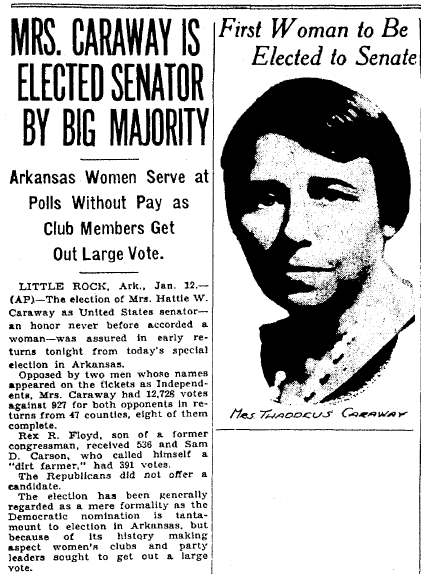
1969 In Miami quarterback Joe Namath led the New York Jets to a 16-7 upset victory over the heavily favoured Baltimore Colts in Super Bowl III. When the Jets were deprecated in a press conference, Namath angrily retorted that ‘We will win. I guarantee it.’ The assembled representatives of the media mocked him, mimicked him, laughed at him, and hissed their derision. Not so at the end of the game. The Jets defence stopped the most prolific scoring team of the NFL. The game was not as close as the score indicates. There the historic NFL and the upstart AFL came level in the public mind. NFL owners had refused to expand the League for fear of diminishing income, leading others to found the rival AFL.

11 January
1787 William and Caroline Herschel identified two moons of Uranus’s, Titania and Oberon. Uranus has twenty-seven moons in all and counting.
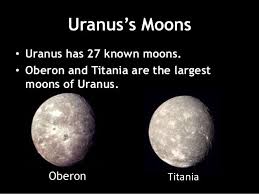
1908 U.S. President Theodore Roosevelt declared the Grand Canyon a national monument. TR had seen it on his travels in the West and never forgot it. He was green avant le mot. We’ve been there and saw why. A Park Ranger I talked to pointed out a plaque honouring Teddy for his long campaign to protect the Canyon.
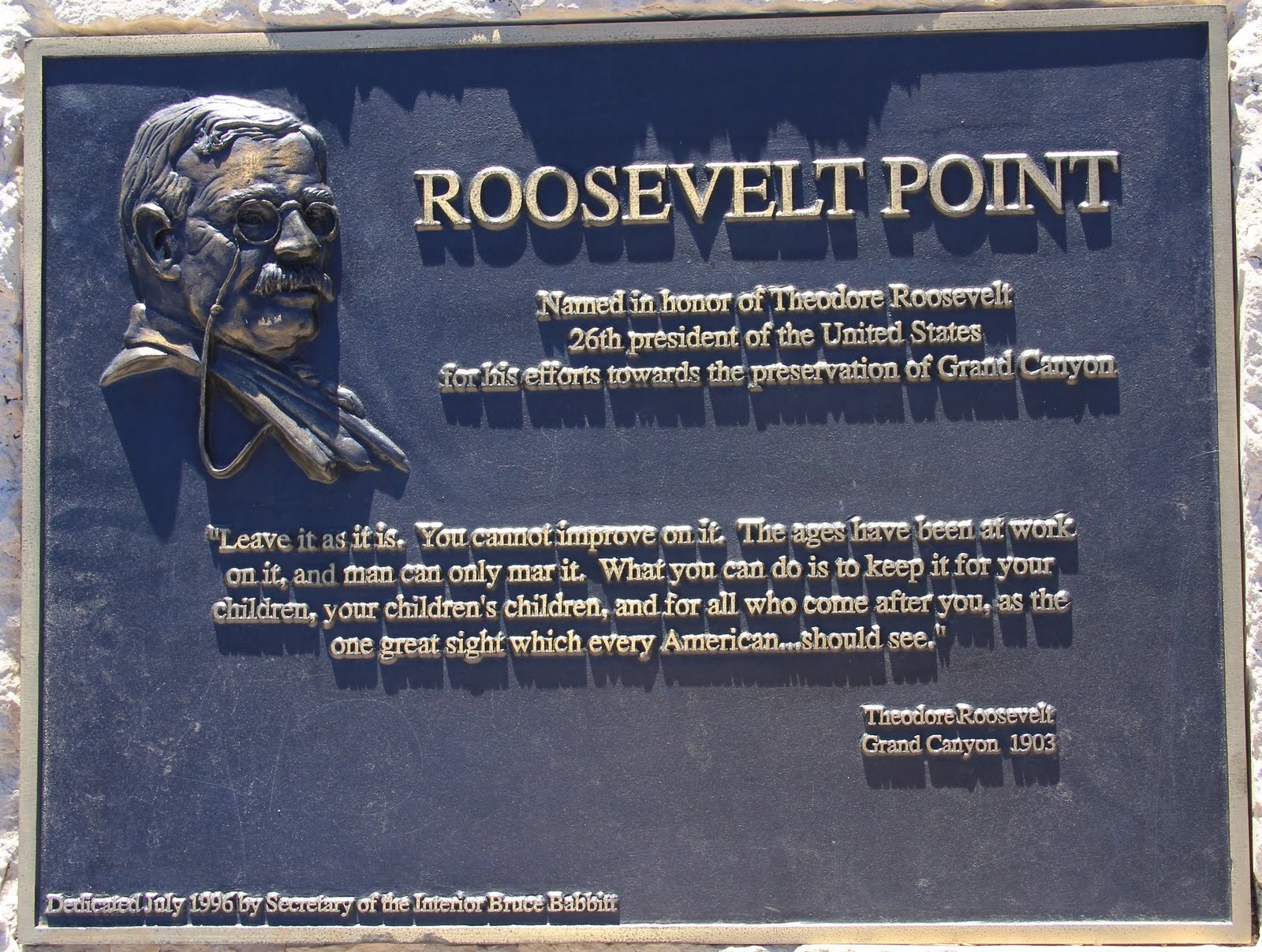
1922 Insulin was first used to treat diabetes in fourteen year-old Leonard Thompson. The discovery of the insulin is credited to London Ontario GP Frederick Banting who moonlighted at the University of Toronto where he was allowed to use the laboratory. Though the National Library of Canada web site on this day in history has not mentioned this achievement.
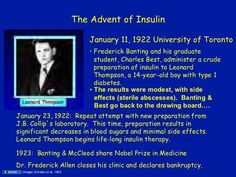
1935 Amelia Earhart flew solo from Honolulu to Oakland, California. A $10,000 had been offered to the first person to make the flight non-stop and she did it, flying 2,400 miles in 18 hours. The aim of the sponsor was to promote air travel to Hawaii. It was her first solo flight of any distance.

1964 U.S. Surgeon General Luther Terry reported that smoking is associated with major health problems including lung cancer. The tobacco industry’s pressure on the Surgeon General before, during, and after this report was unremitting but successive presidents stood by the facts. Ah, the good old days when facts counted. His example inspired later Surgeons General like Charles Everett Koop to assert the facts, making Sergeant Friday proud.

10 January
45 BC Julius Caesar crossed the Rubicon to start a civil war. The phrase ‘crossing the Rubicon’ entered the popular vocabulary as ‘an irrevocable decision’ in the early 1600s per the OED.
![]()
1840 Uniform Penny Post mail system began in Great Britain with distinctive green pillar boxes. It used the first pre-paid postage stamp known as the Penny Black offering safe, speedy, and cheap delivery of letters at a single flat rate. In addition, the Penny Black was the first adhesive state. A mint condition Penny Black today might fetch £3-4000.

1901 A drilling derrick at Spindletop Hill (near Beaumont) Texas, produced an enormous gusher of crude oil beginning the Texas black gold oil boom. Cheap fuel from Texas powered American industrial development for the next three generations.

1927 Fritz Lang’s silent film “Metropolis” premiered in Berlin. It remains a landmark in cinema which we have seen several times, most recently in a near complete restoration from Argentina with orchestral accompaniment at the Sydney Opera House. There are so many remarkable images it was hard to choose one. Lang left Germany when he split with his wife, Brigitte Helm (the robotrix in the film) who was an ardent Nazi. She sicceed the Nasties on him because of his Jewish grandmother, and he ran for it. In Hollywood he proved both his genius and his malignance.
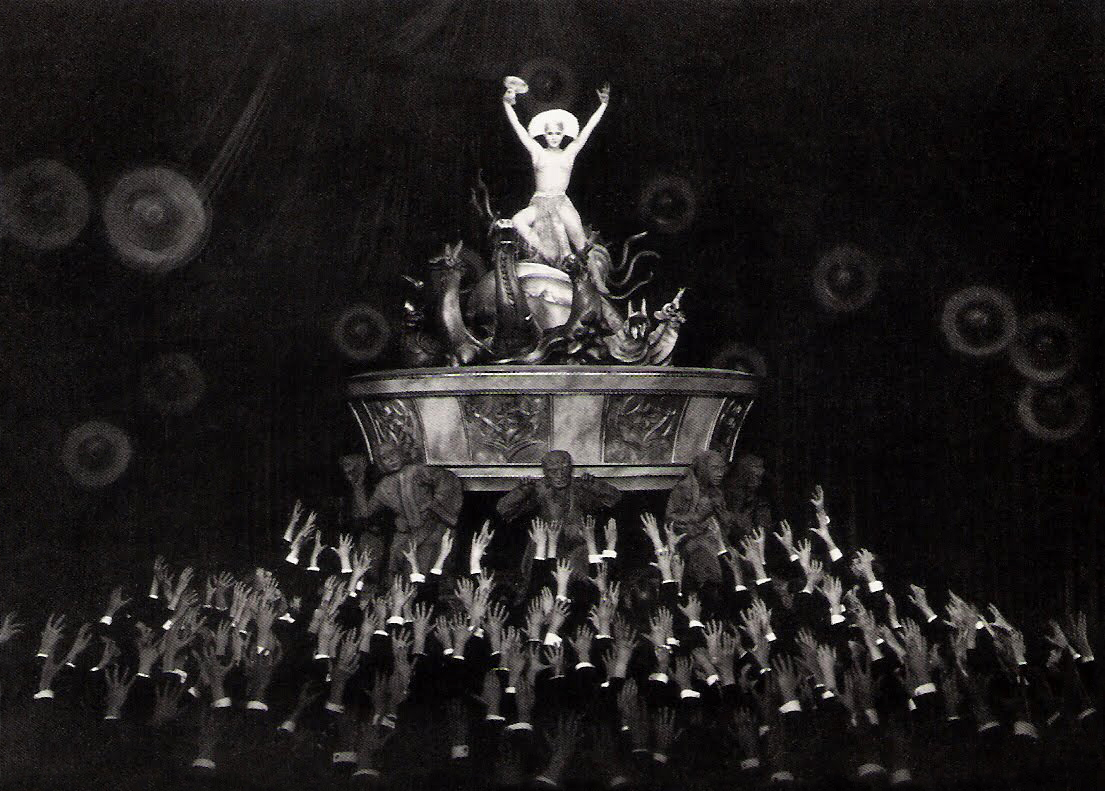
1946 In London at the Methodist Central Hall the United Nations General Assembly convened for the first time with fifty-one nations represented. Inspired by this meeting, Nelson Rockefeller convinced his family to give the land in New York City to the United Nation gratis for a building site. A biography of Rocky is discussed elsewhere on this blog.
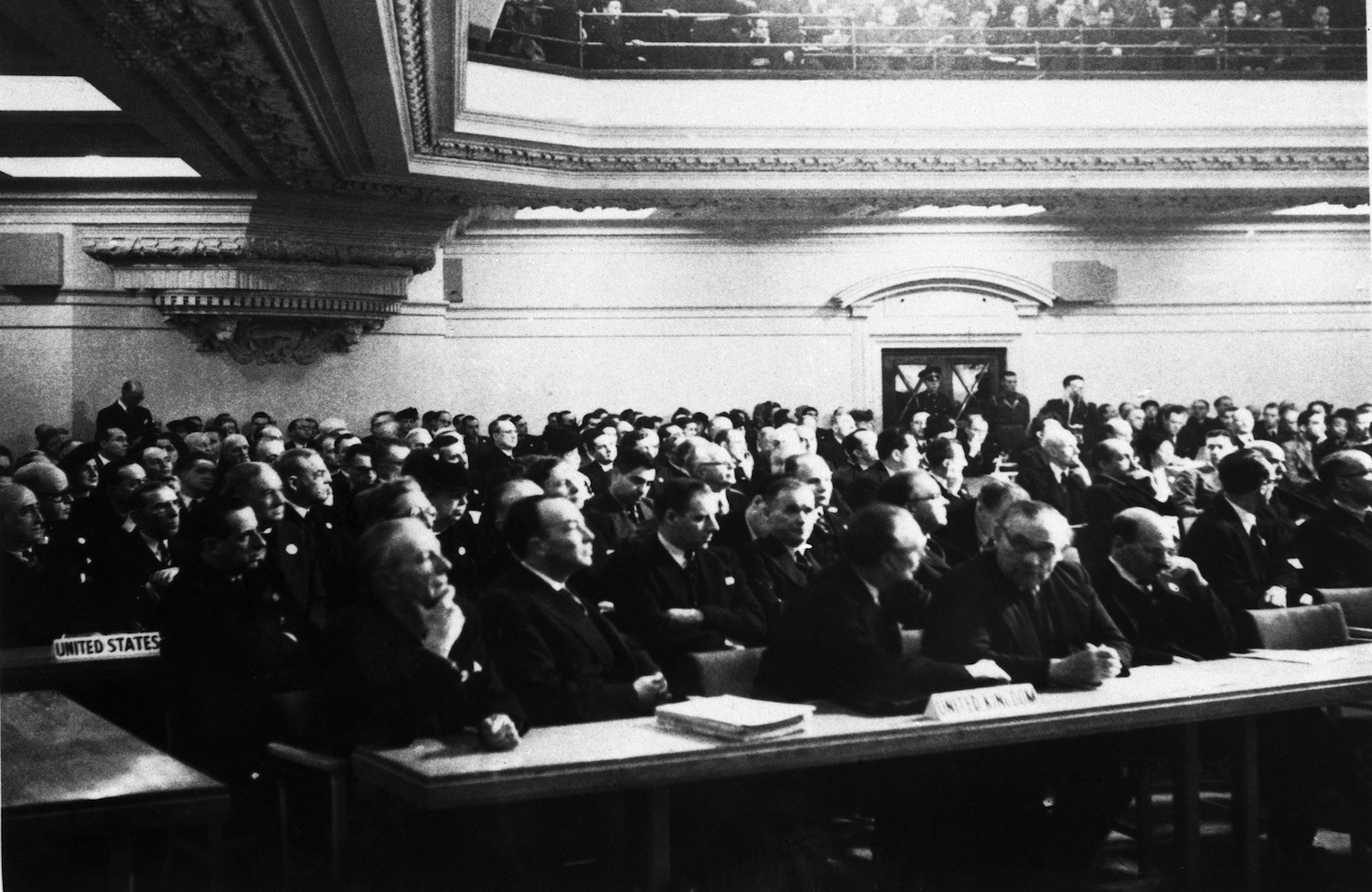
‘Scared Stiff’ (1945)
IMDB meta-data is runtime 1 hour and 5 minutes, over rated 4.9 by 130 cinematizens.
Genre: Allegedly mystery.
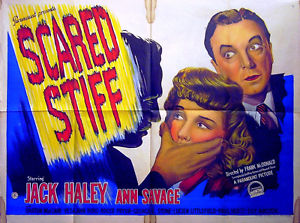
Verdict: Clank goes the Tin Man.
Here is the set-up. Take notes or take a walk.
Tin Man is the chess reporter for a rag in California. A nephew of the rag owner, he observes the state chess championship which ends in a riot that he does not notice. He is as literal-minded, inept and imperceptive as a dean numbed by McKinsey management training seminars and bayoneted with KPIs.
In frustration the managing editor sends him to Grape City or Center, or what is the difference. To get there he takes the product placement Greyhound bus where we met the cast.
Tin Man tries to play chess on a large lap set, jostled by his seat-mate. The lap set attracts the attention of other travellers. On board is an antique shop sales clerk that Tin Man has, against the odds, noticed. Also present is the dynamite called Veda Ann Borg. Riding along is a whiz kid and minder, who provide the chorus.
The bus stops at a motel in Grape Center or City and the malarky begins in earnest. Tin Man’s seat-mate stopped jostling him, because…. someone stabbed him in the back. Whoa. The bus passengers are held in the motel, owned by an identical twin actor. These twins are each chess nuts who never speak to each other. In the basement are swinging wall panels, concealed doors, and spooky shadows. The ingredients are there but it fizzles.
Meanwhile, a notorious murderer has escaped from the slammer with his gang and he making for….? Yep, the motel because..… There is a valuable chess set that Kubla Khan gave to Marco Polo somewhere, and antique girl has some of the pieces, and someone else, others, have the remainder. I never did sort that part out. Neither did Tin Man. It did not seem to matter.
There is much to’ing and fro’ing in the interstices of the motel, while Tin Man mugs. Think about that, a Tin Man trying mug. Very trying, indeed.
The menacing Barton MacLane is limited to a line or two, and wasted. The director must have confiscated Veda’s detonator because she just mopes around. The annoying whiz kid is annoying.
But mostly all the actors stand around waiting for the Tin Man to mug. Is the director Frank McDonald responsible for the lifeless result? We will never know. It has also been released under the title ‘Treasure of Fear.’ Be warned.
9 January
1768 In London retired cavalry sergeant-major Philip Astley staged the first modern circus by doing trick riding in a tight concentric circle that allowed him to do things otherwise impossible. That went well and he added other acts and built an amphitheatre. He took his troupe on tour to France. The term ‘circus’ comes from the circular track via Roman circuses or circuits.
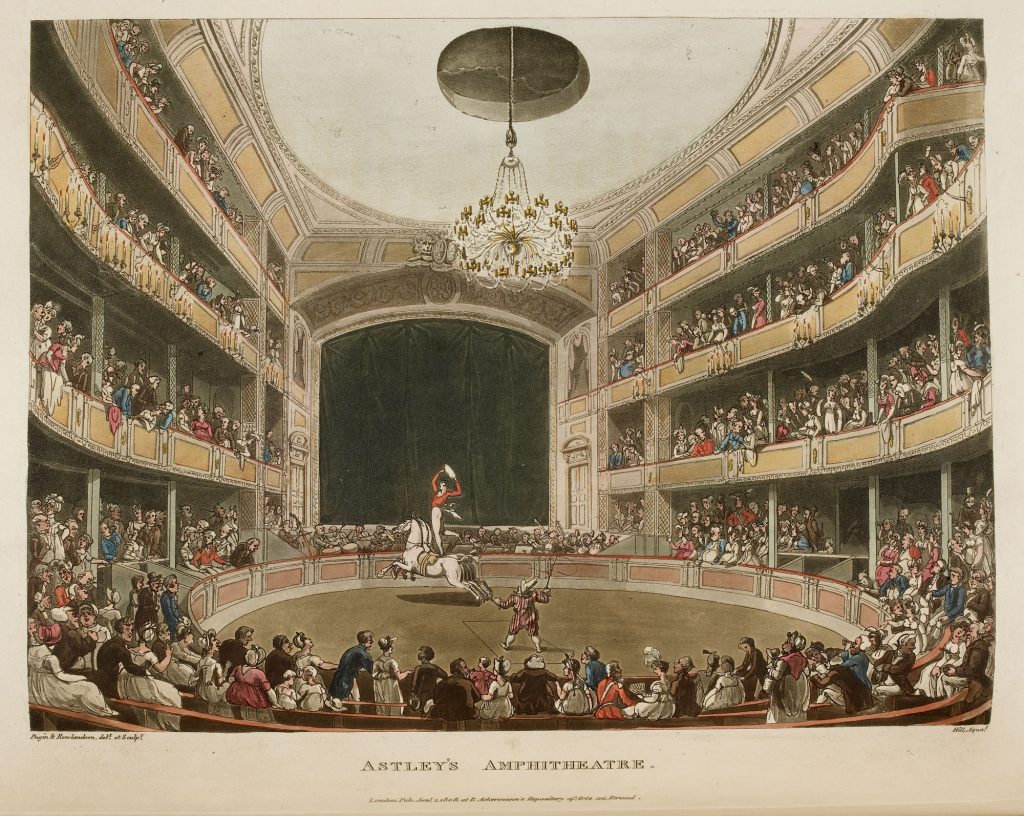
1799 British Prime Minister William Pitt the Younger introduced income tax to fund war with Napoleon’s France.
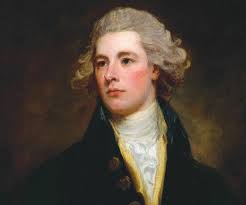
1868 In Fremantle the Hougoumont, the last ship to transport convicts to Western Australia. WA was founded in 1829 by free settlers. The shortage of labour for the work to be done led the setters to petition London for convicts who began to arrive in June 1850.

1909 The British Nimrod Expedition with Ernest Shackleton reached a the farthest South latitude (88°23′ south) then recorded about 90 miles from South Pole when the weather made it impossible to continue.
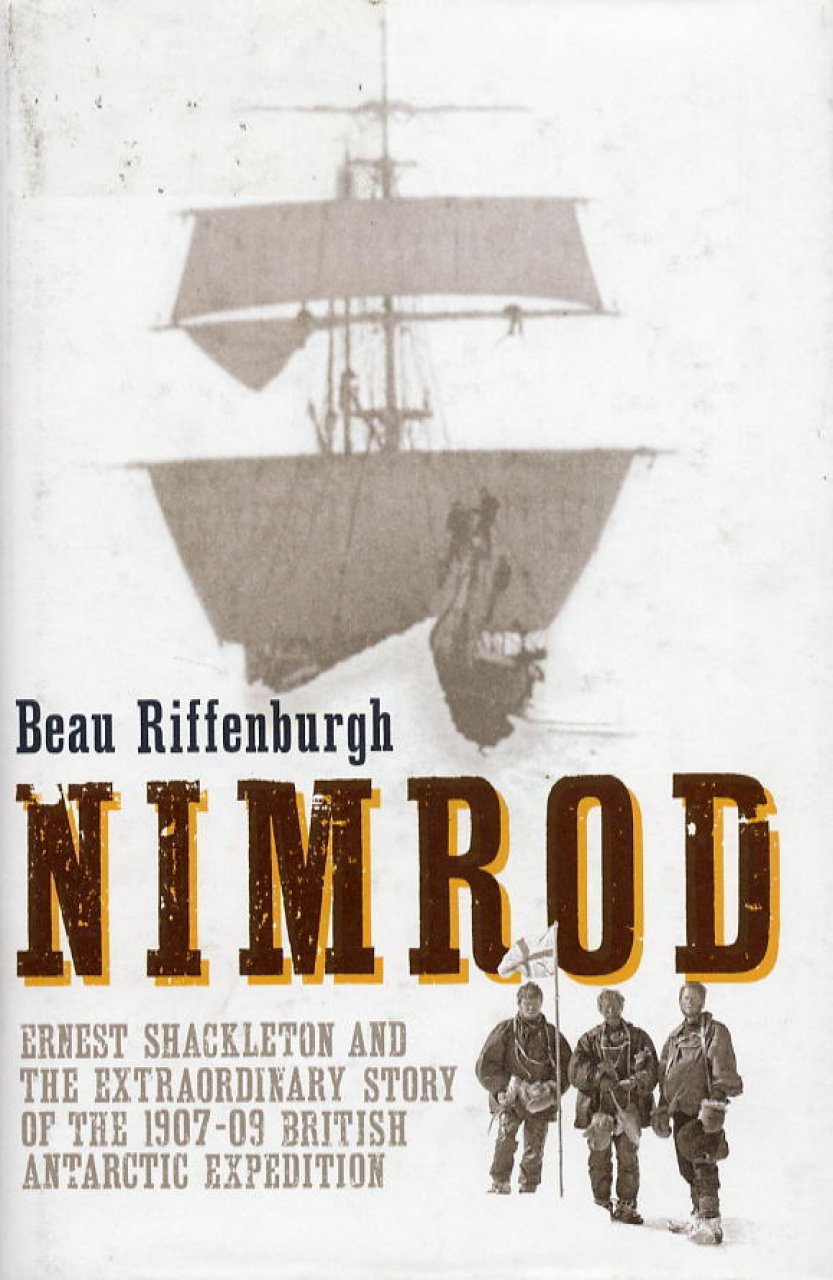
2007 Apple Inc. CEO Steve Jobs demonstrated the iPhone. That is barely a decade ago. More than one billion have now been sold. After a Nokia, after a Sony Ericsson, after an HP, I switched to an iPhone 3 and never looked back.
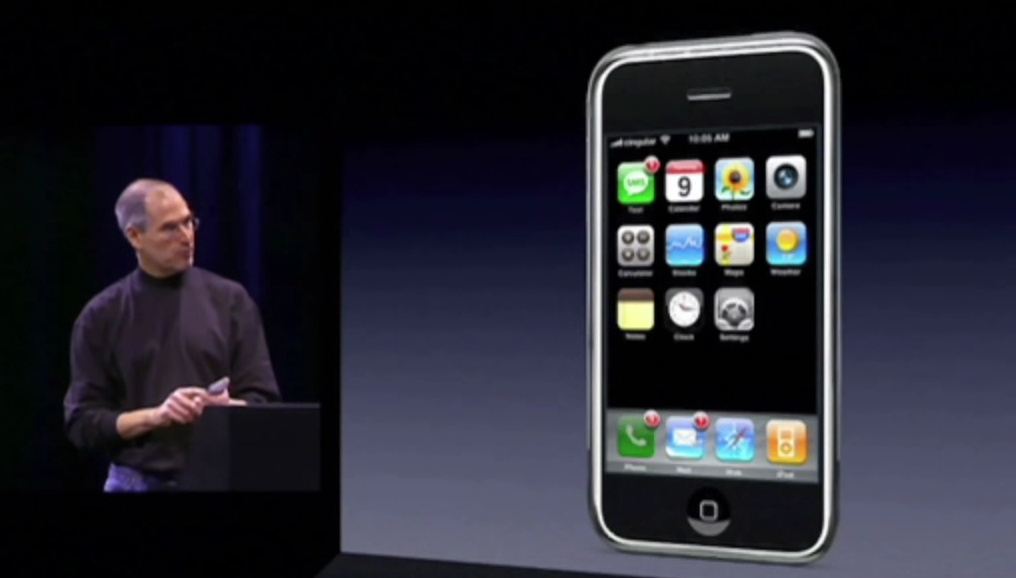
‘Archangel’ (1998) by Robert Harris
Good Reads meta-data is 432 pages rated 3.8 from 7906 litizens.
Genre: Fiction
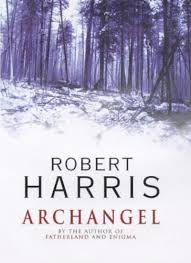
Verdict: Meticulous and engrossing.
Soviet historian Robert Kelso delivers a keynote address at a conference in Moscow circa 1996. He is jaded; he is cynical; he is bored; he is a high diver. He graduated from the best universities and published well-reviewed books and then….. He went from a promising young man to a bitter middle aged one. Still the conference sponsor paid his way to Moscow and put him up in a posh hotel to make snide remarks about the work of others, so there he is.
Then a blast from the past knocks on his hotel room door. Not his past but the P A S T. Papu was one of the lowly guards when Stalin died and he says there was this notebook. In return for all the alcohol in the hotel room mini-bar Papu tells Kelso the notebook was buried in the grounds so explosive was its contents. After his middle-aged bladder takes Kelso to the toilet he returns to find Papu gone.
In the haze of a hangover the next morning, Kelso sees in this story an opportunity to jump start his stalled career. He will find Stalin’s testament, translate it, interpret it, publish it and return to the fast track of the main game.
There are a couple of problems to deal with. First is finding Papu. Second is funding anything since his personal credit cards are maxed. Third, he is not good at keeping things to himself.
Still Papu could almost be followed by his body odour. Meanwhile, Kelso tries to verify aspects of his story with some library and archival research which he used to be good at, which he used to enjoy, which he still knows how to do. But merely by consulting the sources, he leaves a trail were anyone watching, and in Russia there is always someone watching.
He crosses paths with a dedicated Old Stalinist who scares him. Indeed this Stalinist seems to have his own army. He is purposeful, organised, efficient, and surrounded by dedicated followers.
Then a journalist enters the equation. Talk about loose lips. This guy cannot shut up. Soon every one is after that testament. Even the vodka-soaked President in the Kremlin, Boris, wants it, and sends a hapless secret policemen after it in competition with the Stalinist, the historian, the journalist, and who knows who else. It is not a secret well kept.
The trail leads north to the title city, and in the forests primeval there Kelso and the others find much more than they bargained for. It was a testament alright, but not the kind most of them had anticipated. Let’s just say it harks back to an earlier, passing remark about Trokhym Denysovych Lysenko.
I liked the portrayal of the ever so polite academic backbiting at the conference for its realism. The characterisations of all the players were superb from the law student daughter to the crazed Stalinist and the dutiful secret policeman who discovers that the water is far too deep even for him, and most of all the bullies from Special Operations (code for Death Squad). I also liked the archival and library work. Strange, no?
I also liked the idea that the Stalinist was the puppet master using the avaricious journalist, Kelso, and others for his own ends from the get-go.
But I am not sure what to make of the implicit ending. Would a Marakov really settle things?

Robert Harris has a long list of splendid novels based on historical incidents.
I am pretty sure I read this at the time of publication but none of it came back while it read on the Kindle.
‘The Inner Circle’ (1946)
IMDb meta-data is runtime of 57 minutes, rated 6.1 by 255 cinematizens
Genre: Who dunnit?
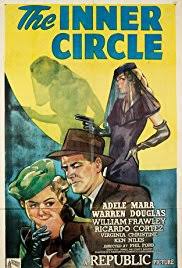
Verdict: Whoosh!
Smug PI with feet on desk, telephones to a newspaper a want-ad describing the secretary he wants to hire as she walks in the door and hangs up the telephone. He is flabbergasted.
This Dream Girl takes over.
After the opening credits we saw a veiled woman in black looking up this very same PI under the esses for Smug in the telephone book as she carefully stepped around the dead man on the floor of a man cave. Oh, oh. Now that telephone books are no more, what does Tom Cruise sit on now? So asked the fraternity brothers.
In a whirl Dream Girl books PI for a secret meeting with a veiled mystery woman all in black with a Hollywood accent. Could this be a set-up? Could it be anything else?
The Woman in Black takes him to the man cave. Turns out the victim was Rush Limbaugh, a hatred radio shock jock and part-time blackmailer. She asks PI to dispose of the body in return for favours many….. The fraternity brothers perked up at the thought.
PI may be a sleaze but he demurs and she clonks him with a handy clonker. All of this is observed by the nosy gardener peering in the window. Fred Mertz, ever reliable, appears and arrests PI for being dumb. It is an open-and-shut case. Thereafter it gets complicated.
It seems Dream Girl set-up PI so that he would be arrested. She would then be a witness and spring him. Somehow this would shield her sister, whom Dream Girl thought had dusted the stiff. Seems though Sis had not done the deed. It was all wasted effort.
Fortunately the blackmailer kept carbon copies of all his illegal demands. Whoa! What is carbon copies asks the fraternity brothers. Plural, singular it is all one to them.
By now the focus shifts to finding the killer who miraculously appears and when implicated pulls a gat to provide the evidence. The denouement is done as a live radio broadcast re-enactment. Nice gimmick that, and free advertising for PI.
Now that the murder is cleared up, Fred arrests PI and Dream Girl for obstruction of justice. The end.
It is fast and furious. Loved the reference to the ‘wolf tie.’ No idea what the title means.
8 January
1800 L’Enfant sauvage d’Aveyron emerged from the forests when his age was estimated by twelve. He had been sighted as early as 1797. Later he was given the name Victor and died in 1825. François Truffaut’s film of the same name is a meditation on humanity and inhumanity, nature and nurture.
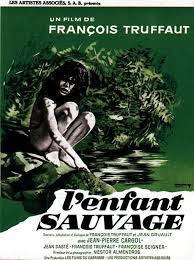
1816 Sophie Germain became the first woman to win a prize from the Paris Academy of Sciences for a paper on elasticity. Her mathematical studies of Fermat’s Last Theorem shaped investigations for a century or more.

1889 Herman Hollerith patented a punch card calculator. In hindsight it was a forerunner of computer programming. Well do I remember nocturnal visits to the computer centre in the dead of an Edmonton winter with boxes of punch cards.

1912 The African National Congress was founded in Bloemfontein (South Africa) to campaign for voting rights. It was originally called the South African Native National Congress. Later it opposed apartheid. Its most famous member became Nelson Mandela.
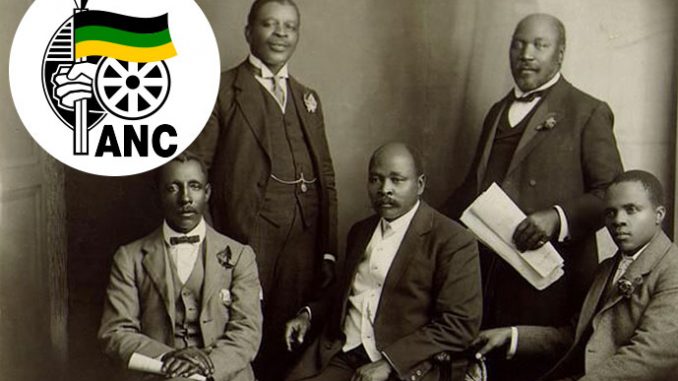
1994 Valeri Polyakov left Earth for the Mir space station where he spent the following 437 days. A record that remains. He could not walk upon return. The picture below shows the shuttle Atlantis docking with Mir, giving the relative size of each. The shuttle is much smaller than a Boeing 747. Ergo Mir was not roomy. Wikipedia says Polyakov is alive and well these days.
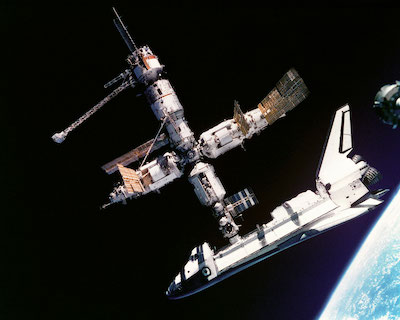
7 January
1558 Calais, the last English possession in France, was captured by the French. Thereafter two countries became and remained separated by the La Manche after four hundred years of dynastic claims and counter-claims. Its proximity to England made Calais seem the natural target for D-Day in 1944.
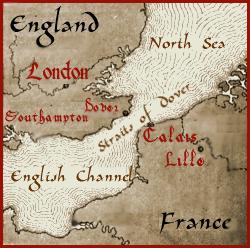
1789 America’s first presidential election was held over a period of one month. Voters cast ballots to choose state electors; only white men who owned property voted. Three of the thirteen states did not participate because they had not yet ratified the constitution. George Washington won the election and the second place finisher, John Adams, became Vice President. Imagine what Faux News would make of that.

1927 The Harlem Globetrotters played their first game in Hinckley, Illinois south of Chicago. Abe Saperstein, a tailor, was the impresario and manager at a time when blacks were banned from competitive sports. The Globetrotters lived up to the name. Despite the showmanship, clowning, and antics, the team only ever lost one game. It nurtured many a great athlete and provided many with a living and a creative outlet. Saperstein is on the left below. But the way, the Globetrotters had nothing to do with Harlem but took the name because it had caché during the Harlem Renaissance at the time.
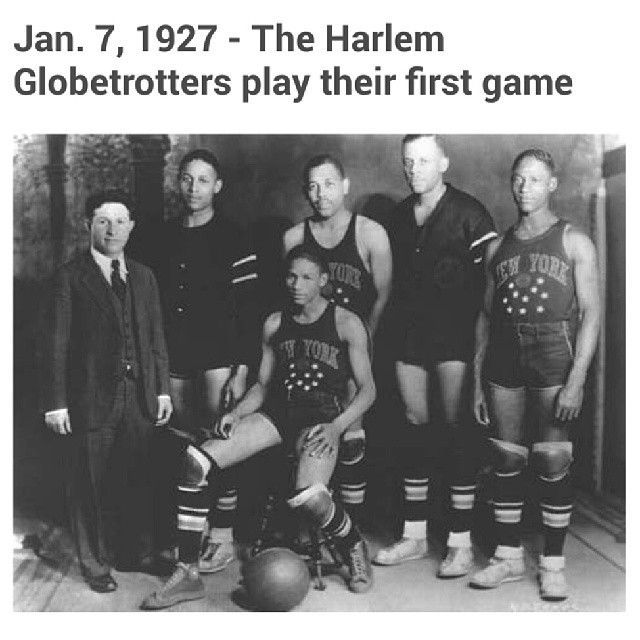
1965 The first hydrofoil ferry, the MV Manly, began operating in Sydney Harbour. They seem to walk on the water and cut the time in half for three times the cost of the ferries. Ridden a few of these.
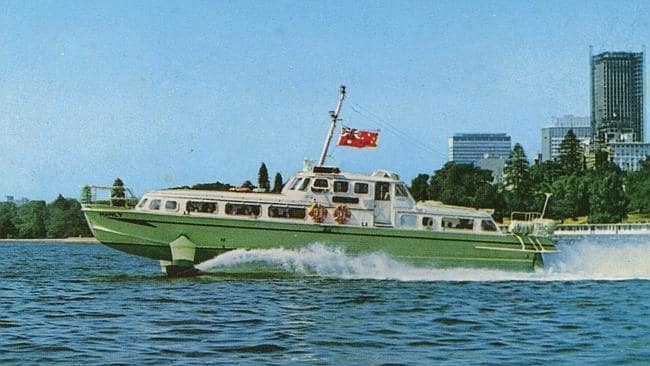
2000 Beverley McLachlin became the first woman to be Chief Justice of the Supreme Court of Canada. She grew up in Pincher Creek, Alberta, population of 3600.
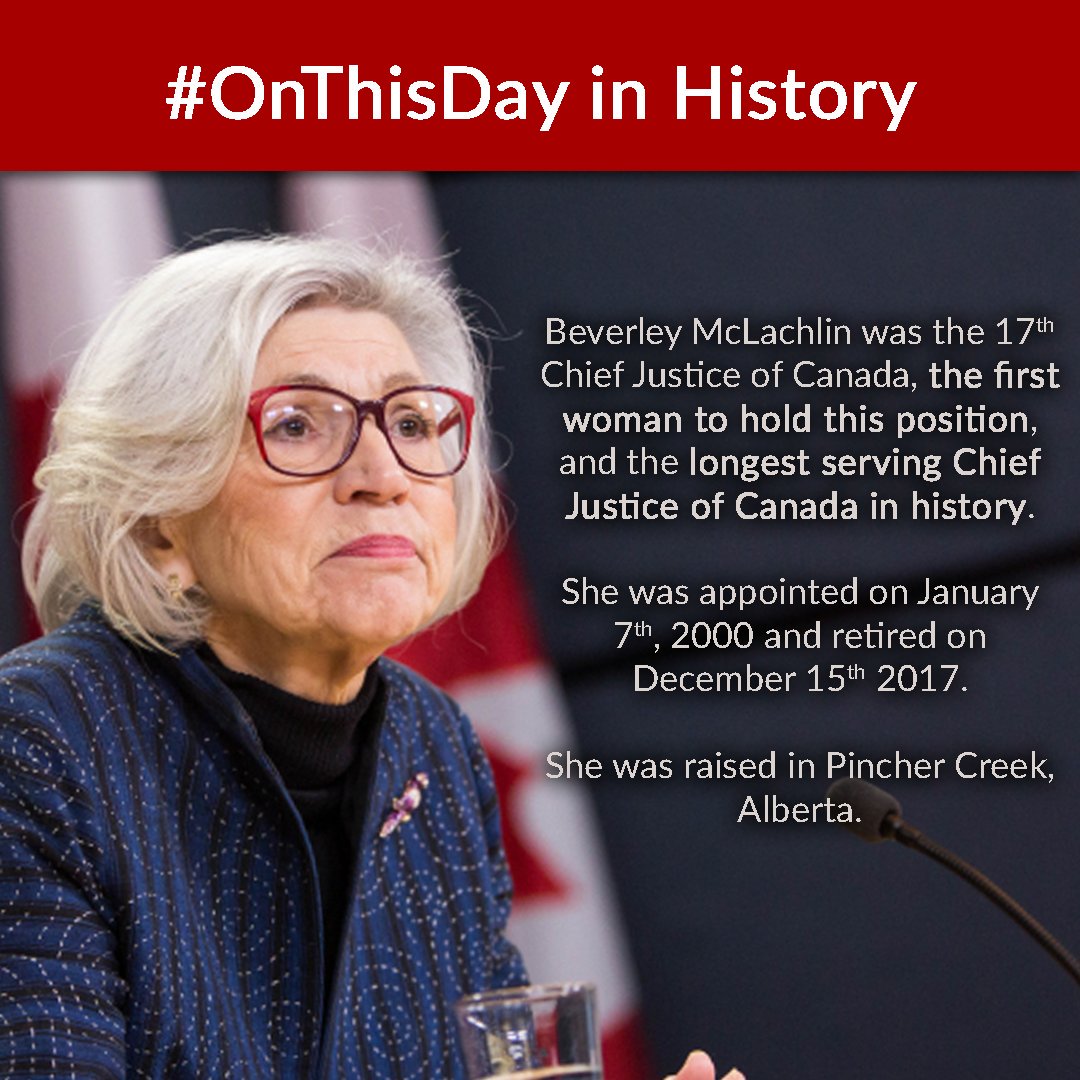
6 January
1605 In Madrid Miguel de Cervantes (1547-1616) published the first edition of ‘El ingenioso hidalgo Don Quijote de la Mancha’ (Don Quixote). Sometimes this is considered the first novel and it is the foundation of Spanish literature. Cervantes was duelist, debtor, soldier, slave, wounded veteran, and writer. I read a one-volume abridgement in college and that’s it.

1838 In Morristown New Jersey Yale grad Samuel Morse demonstrated the telegraph system for the first time at the Speedwell Iron Works. To prove the utility of transmitting electrical impulses by wires he used a code that came to bear his name.
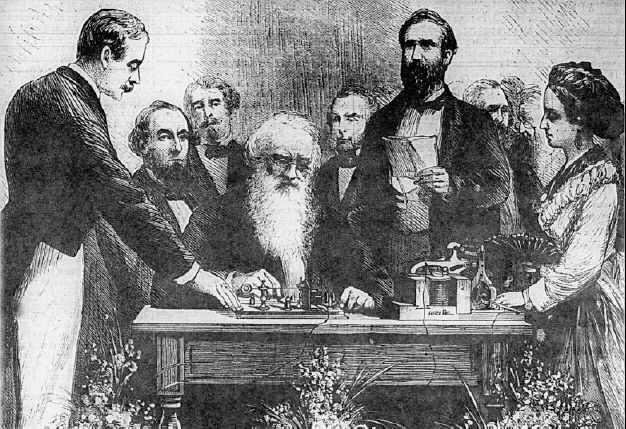
1900 In Montréal work began on a modest chapel at the bequest of Brother André. It became the massive St. Joseph’s Oratory on Mount Royal. In the picture below the wooden steps in the middle are reserved for those who mount the hill on their knees as an act of penitence. We took the outer stairs when we visited.

1912 In Santa Fe New Mexico became the 47th state of the United States. Its state flag is below. The symbolism comes from Zia Pueblo with the sun at the centre of four directions, four stages of life, four times of day, and the four bases (first, second, third, and home). Kate’s mother grew up there.
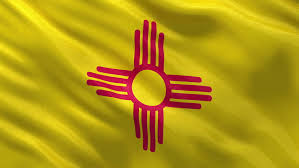
2014 In Washington D.C. the U.S. Senate advised and consented to the appointment of Janet Yellen as chair the Federal Reserve. The first woman in that chair in the central bank’s 100-year history. Suspecting Yellen was Hillary in disguise, President Tiny replaced her with Homer Simpson. Fact or fake? Take a pick.

